Striking George IV Eight-Day Rosewood Pagoda Library Clock by French, London
Sold
Price Enquiry
Follow Us
Striking George IV Eight-Day Rosewood Pagoda Library Clock by French, London
This lovely small library clock has a spring-driven eight-day twin chain-fusee movement with going and striking trains. The going train has anchor escapement with a short pendulum and stirrup regulation to facilitate adjusting the timing, which is accessible from the back. The rack striking indicates the hours of a gently sounding bell, which can be repeated at all times by pulling a cord to the side of the case.
The elegant chased and engraved arched gilt brass dial has a Roman chapter ring with five-minute and minute divisions. The maker has signed the dial above the middle: FRENCH ROYAL EXCHANGE LONDON. The time is indicated by a fine pair of Breguet hands.
Signed on the dial: FRENCH ROYAL EXCHANGE LONDON
Circa 1820.
The finely carved pagoda top rosewood case has facetted glass to the sides so that the finely made movement is almost entirely visible. It has lovely mouldings all around, buttresses on the front corners and rests on four gilt brass bun feet.
The Maker
Santiago James Moore French is recorded as becoming a member of the Clockmakers’ Company in 1810. He was active as a clock, watch and chronometer maker at 15 Sweetings Alley, Royal Exchange London. He was awarded prizes for his chronometers from the Admiralty in 1825. In 1839 he moved to 80 Cornhill where he died in 1842.
Condition
Good. Wear consistent with age and use.
Dimensions
Height: 9.85 in. (25 cm)
Width: 6.3 in. (16 cm)
Depth: 5.12 in. (13 cm)
Literature
Jonathan Betts, Marine Chronometers at Greenwich, Oxford, 2017, pp 317-18
Brian Loomes, Watchmakers and Clockmakers of the World, London, 2006, p. 282.
Tony Mercer, Chronometer Makers of the World, pp. 143-44.
PREVIOUSLY SOLD
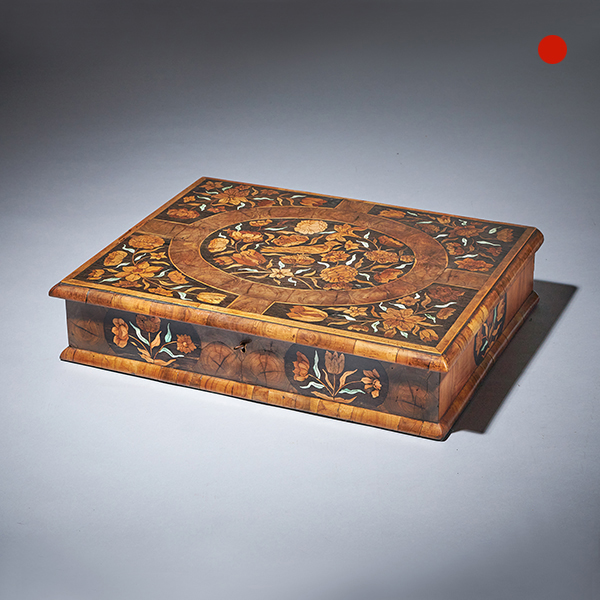
17th Century Museum Grade William and Mary Olive Oyster Marquetry Lace Box
17th Century Museum Grade William and Mary Olive Oyster Marquetry Lace Box Sold Follow Us17th Century Museum Grade William and Mary Olive Oyster Marquetry Lace Box 17th century Museum Grade William and Mary Olive Oyster Marquetry Lace box, C....
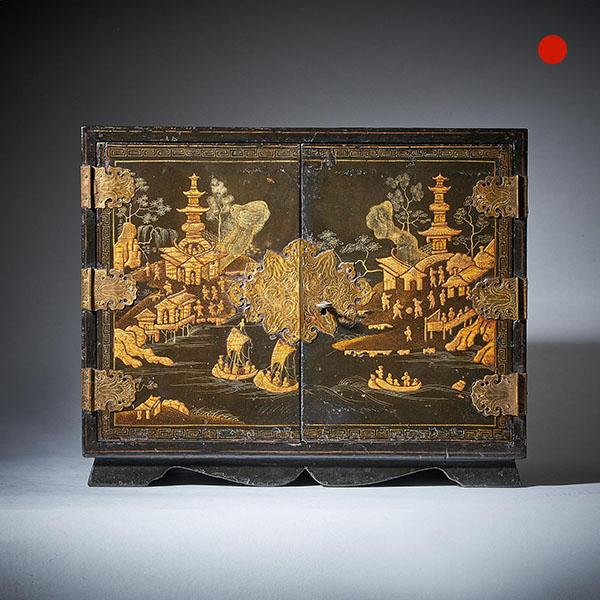
18th Century Chinese Export Lacquer Chinoiserie Table Cabinet
18th Century Chinese Export Lacquer Chinoiserie Table Cabinet SoldFollow Us18th Century Chinese Export Lacquer Chinoiserie Table Cabinet Depicting figurative scenes to all planes and opening on engraved strap hinges to a fitted interior of...

A Rare Figured Walnut Queen Anne – George I Lace Box, circa 1700-1720.
A Rare Figured Walnut Queen Anne - George I Lace Box, circa 1700-1720. SoldFollow UsA Rare Figured Walnut Queen Anne - George I Lace Box, circa 1700-1720. A rare figured walnut Queen Anne - George I period lace box, circa 1700-1720. The...

Fine American Two Day Marine Chronometer, Signed T. S & J. D Negus New York
Fine American Two Day Marine Chronometer, Signed T. S & J. D Negus New York SoldFollow UsFine American Two Day Marine Chronometer, Signed T. S & J. D Negus New York A Classic beautifully produced mid-19th century American chronometer...

17th Century Charles II Carved Oak Writing Box or Desk Box circa 1660 England
17th Century Charles II Carved Oak Writing Box or Desk Box SoldFollow Us17th Century Charles II Carved Oak Writing Box or Desk Box A rare 17th-century Charles II carved oak writing or desk box, circa 1660. England. The box opens on the...

Pair of George IV Regency Specimen Wood Parquetry Boxes of Sarcophagus Shape
Pair of George IV Regency Specimen Wood Parquetry Boxes of Sarcophagus Shape SoldFollow UsPair of George IV Regency Specimen Wood Parquetry Boxes of Sarcophagus Shape An extremely rare and fine pair of George IV Regency exotic timber boxes of...

17th Century Museum Grade William and Mary Olive Oyster Marquetry Lace Box
17th Century Museum Grade William and Mary Olive Oyster Marquetry Lace Box Sold Follow Us17th Century Museum Grade William and Mary Olive Oyster Marquetry Lace Box 17th century Museum Grade William and Mary Olive Oyster Marquetry Lace box, C....

18th Century Chinese Export Lacquer Chinoiserie Table Cabinet
18th Century Chinese Export Lacquer Chinoiserie Table Cabinet SoldFollow Us18th Century Chinese Export Lacquer Chinoiserie Table Cabinet Depicting figurative scenes to all planes and opening on engraved strap hinges to a fitted interior of...

A Rare Figured Walnut Queen Anne – George I Lace Box, circa 1700-1720.
A Rare Figured Walnut Queen Anne - George I Lace Box, circa 1700-1720. SoldFollow UsA Rare Figured Walnut Queen Anne - George I Lace Box, circa 1700-1720. A rare figured walnut Queen Anne - George I period lace box, circa 1700-1720. The...

Fine American Two Day Marine Chronometer, Signed T. S & J. D Negus New York
Fine American Two Day Marine Chronometer, Signed T. S & J. D Negus New York SoldFollow UsFine American Two Day Marine Chronometer, Signed T. S & J. D Negus New York A Classic beautifully produced mid-19th century American chronometer...

17th Century Charles II Carved Oak Writing Box or Desk Box circa 1660 England
17th Century Charles II Carved Oak Writing Box or Desk Box SoldFollow Us17th Century Charles II Carved Oak Writing Box or Desk Box A rare 17th-century Charles II carved oak writing or desk box, circa 1660. England. The box opens on the...

Pair of George IV Regency Specimen Wood Parquetry Boxes of Sarcophagus Shape
Pair of George IV Regency Specimen Wood Parquetry Boxes of Sarcophagus Shape SoldFollow UsPair of George IV Regency Specimen Wood Parquetry Boxes of Sarcophagus Shape An extremely rare and fine pair of George IV Regency exotic timber boxes of...
YOU MAY ALSO LIKE

A Rare Chinese Chippendale George III cabinet on stand, circa 1760 England
A Rare Chinese Chippendale George III cabinet on stand, circa 1760. England £38,000Follow UsA Rare...
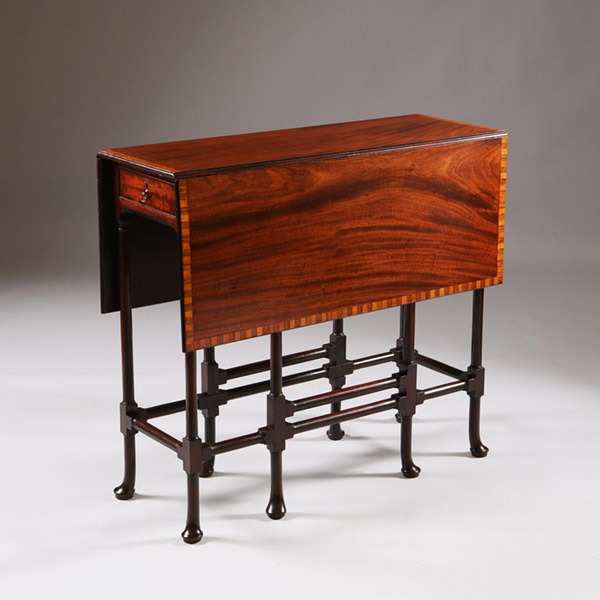
George III mahogany spider-leg table attributed to Thomas Chippendale 1768
A George III mahogany spider-leg table attributed to Thomas Chippendale 1768 £12,000Follow UsA...
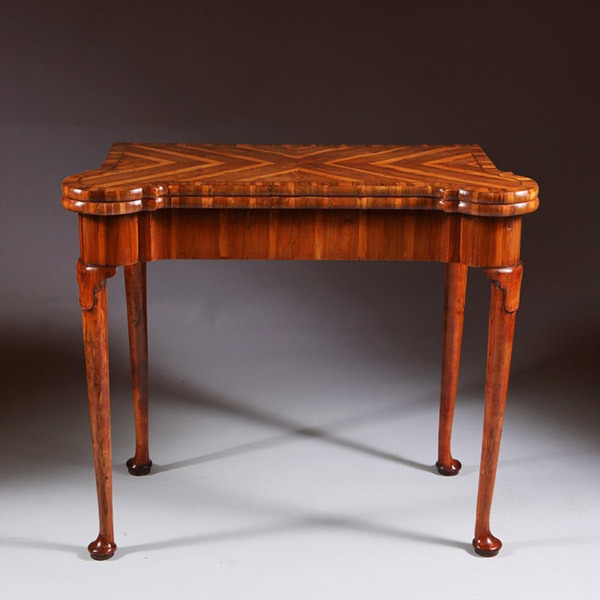
Museum Grade George I Cocus Wood Card Table, Circa 1725, England
Museum Grade George I Cocus Wood Card Table, Circa 1725. England £32,000Follow UsMuseum Grade...

A Rare and Important Charles II 17th Century Table Clock by Henry Jones
A Rare and Important Charles II 17th Century Table Clock by Henry Jones £85,000Follow UsA Rare and...
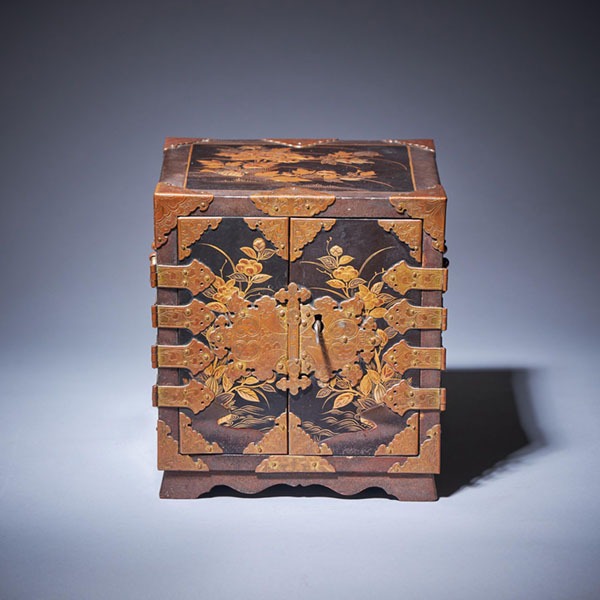
Important Early Edo Period 17th Century Miniature Japanese Lacquer Cabinet
Important Early Edo Period 17th Century Miniature Japanese Lacquer Cabinet £36,000Follow...

Fine Scottish Two-Day Marine Chronometer Signed and Numbered D. McGregor
Fine Scottish Two-Day Marine Chronometer Signed and Numbered D. McGregor £6,500Follow UsFine...

A Rare Chinese Chippendale George III cabinet on stand, circa 1760 England
A Rare Chinese Chippendale George III cabinet on stand, circa 1760. England £38,000Follow UsA Rare...

George III mahogany spider-leg table attributed to Thomas Chippendale 1768
A George III mahogany spider-leg table attributed to Thomas Chippendale 1768 £12,000Follow UsA...

Museum Grade George I Cocus Wood Card Table, Circa 1725, England
Museum Grade George I Cocus Wood Card Table, Circa 1725. England £32,000Follow UsMuseum Grade...

A Rare and Important Charles II 17th Century Table Clock by Henry Jones
A Rare and Important Charles II 17th Century Table Clock by Henry Jones £85,000Follow UsA Rare and...

Important Early Edo Period 17th Century Miniature Japanese Lacquer Cabinet
Important Early Edo Period 17th Century Miniature Japanese Lacquer Cabinet £36,000Follow...

Fine Scottish Two-Day Marine Chronometer Signed and Numbered D. McGregor
Fine Scottish Two-Day Marine Chronometer Signed and Numbered D. McGregor £6,500Follow UsFine...








